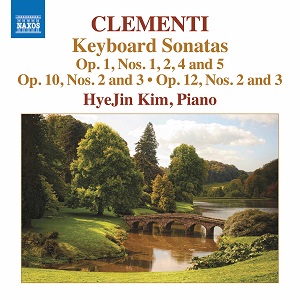Zanetta premiered in 1840. The opera's heroine is the innocent daughter of the royal gardener. She's caught up in a romantic scheme among the nobles that ends happily.
Auber's overture conveys that youthful innocence. It opens with a simple theme, lightly scored. And even at its climax, the music is spritely and animated.
Salvi includes a quadrille on the opera's themes. The selection by a contemporary of Auber, Philippe Musard. It's fun hearing how Musard tweaks the themes to fit the dance forms. And the work itself is a testament to Zanetta's popularity at the time.
Orchestral excerpts from Zerline make up the bulk of the release. The opera tells the story of Zerline's search for her long-lost daughter. And also her efforts to ensure the daughter's well-being by wedding well.
The story is set in Palmero, which seemed to inspire Auber. The music has an Italiante character to it that works rather well. Several passages reminded me of Rossini.
The program includes the overture and entr'acte music for the second and third acts. The show-stopper, though, is the third act's Airs de Ballet.
This is a set piece featuring eight different dances. The airs include a Chinese dance, a children's dance, a folk dance, and a quadrille. Auber gives each dance a very distinct character. I'd love to see this performed on stage.
For conductor Dario Salvi, this series is a labor of love. Not only has made a study of Auber's music but he's also edited it for publication. That knowledge shows in his performances.
Zanetta and Zerline, though both opera comiques, tell different stories from different perspectives. Salvi brings out those differences. It makes for an engaging program if you listen straight through (as I did).
Can't wait for volume 6.
Daniel-François-Esprit Auber: Overtures 5
Janáček Philharmonic Orchestra; Dario Salvi, conductor
Naxos










